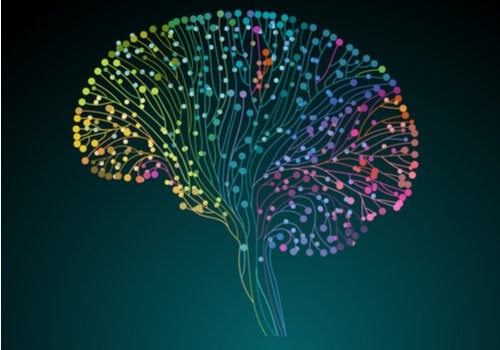The Human Conectome (HCP) project was launched in June 2009 as a major challenge for the National Institutes of Health (NIH), which has a budget of approximately $25 million over five years. The main objectives of this project are:
According to Hagmann: “To understand how a network works, it is necessary to know its elements and its interconnections (?). Will the conectoma significantly increase our understanding of the emerging functional processes of brain structures and provide new information on brain mechanisms?used when brain structures are damaged?
- Before continuing.
- We must ask ourselves: what is a human connectome? It is a mapping of the connections between neurons in the brain.
Therefore, the objective of this project is to build a network mapping on connectivity at the anatomical and functional level of the brain, that is, it is intended to know in detail all brain circuits and their synapses.
And not only that, it is also intended to produce a set of data that facilitates the search for various brain disorders.
“None of your neurons know who you are?-Eduard Punset-
Currently, the National Institutes of Health‘s National Research Plan is launching a $30 million project that will use state-of-the-art brain imaging technologies to map healthy adult human brain circuits.
By systematically collecting brain imaging data from hundreds of people, the Human Conectoma (HCP) project will provide information on how brain connections underestimated brain function and open up new avenues of research for human neuroscience.
“In the human mind, the number of possible connections that can be made between neurons is much greater than the number of atoms in the universe. “- Alan Moore-
So far, we only know one conectoma: that of a nematode (cylindrical worm). Its modest nervous system consists of 300 neurons.
In the 1970s and 1980s, a team of researchers mapped its 7,000 internal connections, i. e. its conectoma. Obviously, humans are much more complex because they have more than 100 billion neurons and 10,000 times more connections.
New research by HCP team members suggests that brain circuits are organized more like Manhattan’s street network than as London’s chaotic tangle of random roads.
In other words, just as the Manhattan map forms a perfect network, our neural network is also organized and aligned, rather than intertwined as we thought before.
Several recent discoveries based on human conectoma project neurovisualization data and psychological data show that individual differences in brain connectivity can reliably predict a person’s behavior.
Therefore, it is thought that in the future, such readings could help doctors further personalize the diagnosis and treatment of mental disorders, as the authors of these results argue.
“Neurons are cells of delicate and elegant shapes, the mysterious butterflies of the soul, whose flapping of wings can one day clarify the secret of mental life. “-Santiago Ramón y Cajal-
The brain remains a complex organ that attracts the attention of many scientists during their studies, and remains a black box of which little is known.
Therefore, the Human Conectoma project is a good initiative, as it tries to clarify, with the best technological tools at its fingertips, the functioning of the brain and its neural connections, in this way we could eradicate many mental disorders.
Today, scientists know that many mental disorders, such as schizophrenia, are connectivepathies, diseases in which brain connections are abnormal.
That’s why we intend to create a map of the human brain: to help cure diseases like epilepsy in the future, because knowing its structure, we can act.
Finally, if you want to know more about the topic, in this link you can find an interesting interactive screen that interprets the data from the connectivity matrix of the congressional analysis of the anatomical structural network of the human brain by partial correlations of volumes of gray matter Anand A. Joshi, Shantanu H. Joshi, Ivo D. Dinov, David W. Shatuck, Richard M. Leahy, Arthur W. Toga.

